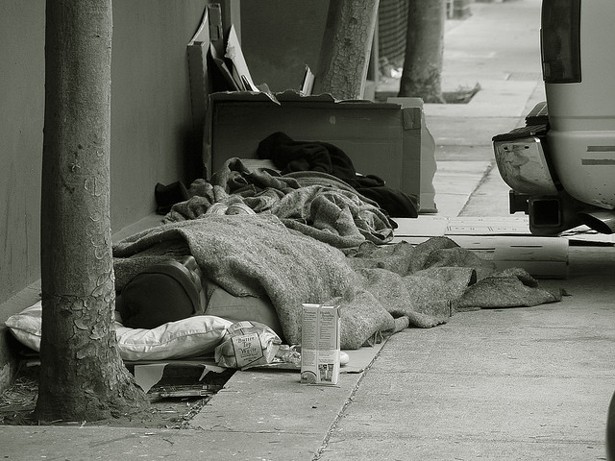Warmest Greetings
from Samaritan House.
I am writing to you
now because at some point in the past you have graciously supported Samaritan
House or you have shown an interest in Samaritan House and the mission of
helping homeless people in the Flathead Valley.
The Samaritan House has very seldom sent such a letter as this but
recently a very unexpected event has obligated us to send out a very special
request. Please let me explain.
Samaritan House was
recently among one of the many HUD funded programs across the country serving
homelessness whose grant funding was not renewed for 2016. Many of these HUD funded programs that lost
this type of funding are now facing the extremely difficult task of finding
alternative funding, downsizing or even closing.
I am pleased to tell
you that Samaritan House is not in the category of downsizing or closing and is
in no way threatened in our pursuit of ending homelessness in the Flathead
Valley. That being said, I would be remiss
if I didn't mention that this grant funding was an annual source of $56,624.
This funding was used to provide housing for people in need. Additionally, the
Emergency Food and Shelter Program that is administered locally by United Way
is not going to be renewed. This funding
was an annual source of $5,400 - $7,000 and was used to provide food for the
kitchen/cafeteria. The loss of this money is a heavy hit to our budget.
There are other
funding sources available to fill the gap left by the loss of this grant and
they are being pursued vigorously.
Please note however that even if they do get funded they will not be
available until mid-2017 and thus the purpose of this letter. Quite simply we are humbly asking your
assistance in allowing us to continue the work ahead of us until this new
funding is in place.
In terms of
investment, Samaritan House can be viewed as a good choice. Samaritan House serves approximately 1,350
local homeless people every year, sheltering around 78 people every night. Programs at Samaritan House have excellent
outcomes. 86% of the people served at
Samaritan House are no longer homeless when they move on from the shelter
compared to 72% as a notional standard for other homeless programs.
The Montana winter
is fast approaching and the number of people we serve will quickly escalate
because of this. If you would like to
donate toward the approaching winter season and provide assistance to help
Samaritan House get through the grant funding gap please send your donation to:
Samaritan House
124 9th Ave West
Kalispell, MT 59901
Donations can also
be made online at our website: samaritanhousemt.com
Or at our blog: homelessintheflathead.com
We acknowledge that many
of you have already donated in 2016 and for that we are very appreciative.
Thank you so much
for your willingness to touch the lives of people we serve. We could not do this work without your
help.
Sincerely,
Chris Krager,
Executive Director
Samaritan House





